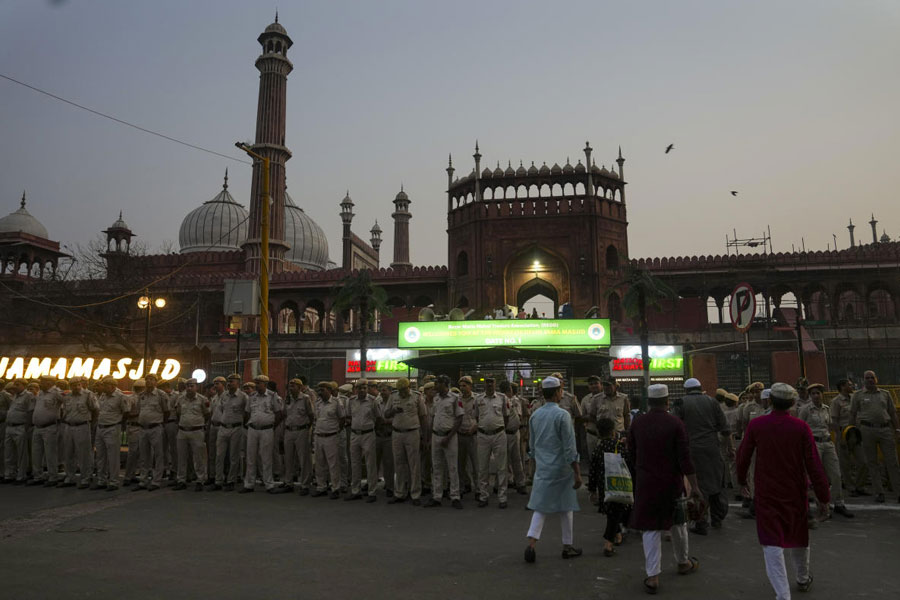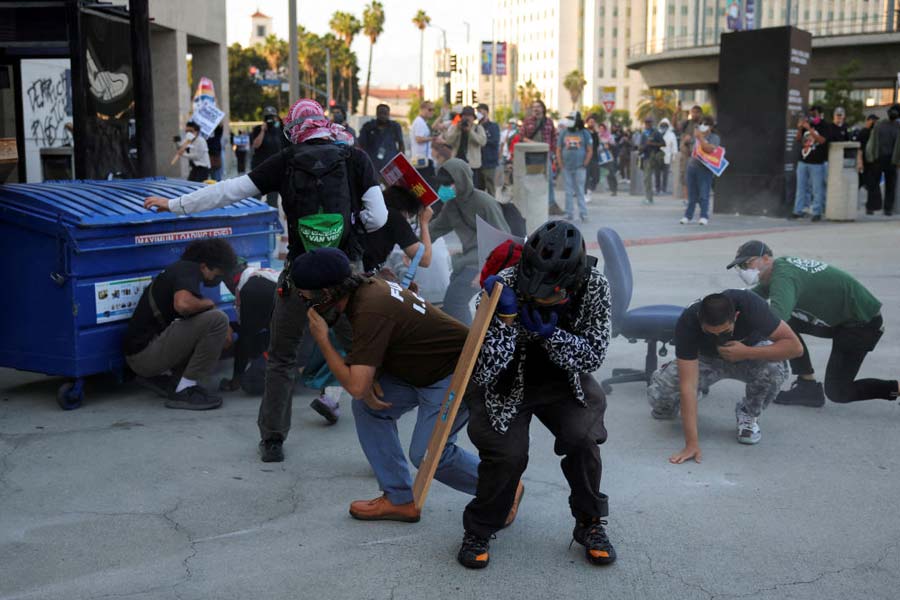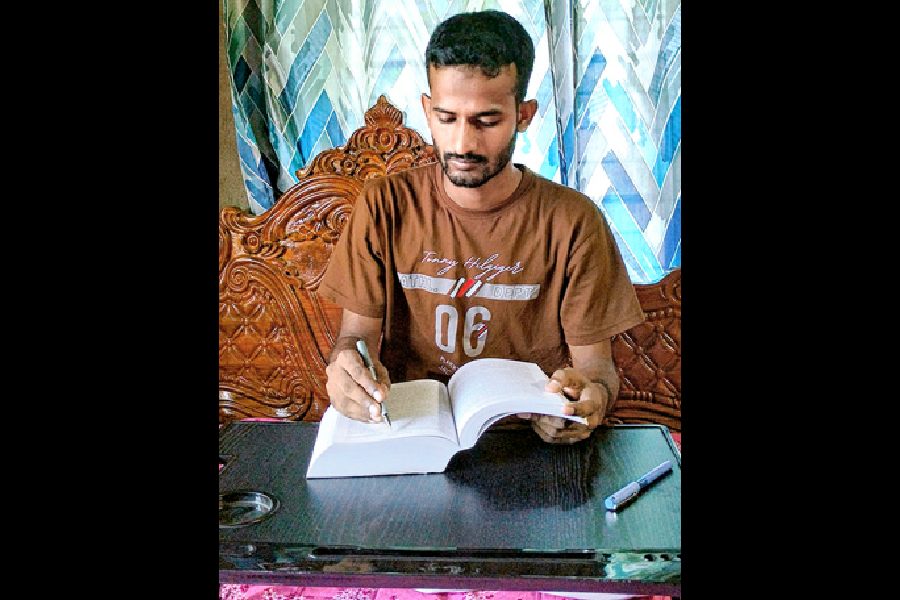 |
| The principal of Jogamaya Devi College being attacked on Friday |
Colleges in Calcutta are in turmoil over an age-old issue that seems to have spiralled out of control this year — low attendance in classrooms. Students in many institutions, debarred from writing the undergraduate Part I examinations because of inadequate attendance, have resorted to rowdyism. Teaching staff of City College were gheraoed for more than 24 hours and the principal of Jogamaya Devi College was assaulted by agitating students and outsiders.
Metro decodes the attendance row rocking campuses.
What are the attendance rules of colleges under CU?
A student must attend at least 75 per cent of the classes in all subjects. Students with an attendance record of 60 per cent are allowed to sit for exams after paying a fine and giving valid reasons — supported by documents such as medical certificates — for their absence.
What is the average attendance?
“Less than 20 per cent of the students (except in colleges like Presidency, St Xavier’s, Brabourne, Loreto and Bethune) have the required 75 per cent attendance. Another 20 per cent of students make the 60 per cent attendance mark. Most students do not attend even 10 per cent of the classes,” claims Tarun Patra, the secretary of the CPM-controlled West Bengal College and University Teachers’ Association.
Is there a history of student unrest over attendance?
Jogamaya Devi College, whose principal Gargi Nath was assaulted on Friday, had witnessed a similar revolt seven years ago when the authorities had decided to debar students with low attendance from examinations. The protests forced the university to revoke the order.
Three years before that, the principal of Goenka College of Commerce was attacked for debarring 30 students from the BCom exam. Bijoy Krishna Girls’ College in Howrah had erupted last year over the same issue.
Attendance has always been low in city colleges, except in a few. It is only in recent years that the authorities have cracked the whip and taken steps like debarring errant students from exams.
Why has the issue snowballed this year?
Blame it on unions and their political games. A member of the Calcutta University syndicate explains on condition of anonymity: “If the principal of a college is the supporter of a party whose youth wing controls the union, there is an understanding between them. There are some colleges where students with just about 20 per cent attendance have been given ‘grace attendance’ and allowed to sit for exams and others where students have been debarred because of poor attendance but the union hasn’t created trouble.
“This being a poll year, the CPM-backed union is lying low under instructions from the top, but the rival unions are backing the agitating students for political mileage.”
 |
| Students gherao teachers at City College |
The unions of the three colleges now facing unrest — City College, Jogamaya Devi College and Muralidhar Girls’ College — are non-SFI.
Vidyasagar, Bijoy Krishna Girls and Khudiram have taken action against students with low attendance, but there is no trouble there; the unions are all controlled by the SFI.
What is CU doing?
The university began sending teams on surprise visits to affiliated colleges to check the attendance registers a couple of years ago. This forced colleges that were lenient with the laggards to act. In the earlier 2+1 system (Part I and II), students would start bunking classes from the end of the second year. “Students tend to stay away before exams probably because of private tuitions. Under the 1+1+1 system, students are not attending lectures in all three years,” says a university official.
Who is saying what?
“We strongly condemn what happened at Jogamaya Devi College. But we must also take cognisance of the fact that all state-aided colleges have students who work to support their families. They cannot attend classes regularly. We are in a fix when such students plead for grace attendance,” says Anjan Sengupta, the principal of Maharaja Srish Chandra College and the joint secretary of the All Bengal Principals’ Council.
“Colleges have been allowing students to bunk classes for several years to hide their own shortcomings. Why should we attend classes in colleges without proper infrastructure and quality teachers?” demands a student.
“We cannot deny that some colleges lack infrastructure. But under no circumstances will we bow to the illegitimate demands of students,” says Dhrubojyoti Chattopadhyay, the pro vice-chancellor (academic) of CU.











